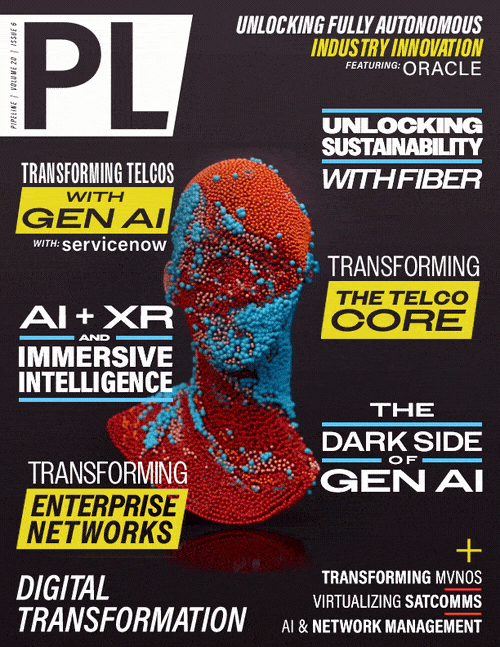Next-Gen Sensors Driving Mobile Device DesignSmartphones and Wearables Market Poised for Growth with Next-Generation Sensors Key Enabler of InnovationA new report released today by Frost & Sullivan indicate that increasingly sophisticated imaging chemical and bio-sensing sensors are driving new smart phone and wearable use possibilities and designsNext-generation sensors are poised to influence the smartphone and wearables market. Though increased intelligence, ease of integration, real-time integration, and miniaturization features may drive opportunities, data privacy and security remain key factors hindering widespread adoption. Advancements in sensors are creating opportunities for sensor manufactures to explore a wide range of applications enabling the research and development boom in a dynamic and fast-paced environment. "Sensors have become sophisticated critical systems, which are not just components; they can provide mobility, connectivity, and context awareness by gathering and sharing information." said TechVision Senior Research Analyst Jabez Mendelson. "Advanced sensors will empower the Internet-of-Things and Internet-of-Everything. Next-generation sensor platforms will emerge as the key enabler of product development, innovation, and commercialization of wearable and smart devices." Next Generation Sensors for Wearables and Smart Phones, recent analysis from Frost & Sullivan's TechVision subscription, brings out the emerging technology trends in Sensors and Instrumentation on a global scale. The insight includes a detailed strategic assessment of industry challenges and needs. Click here for complimentary access to more information on this analysis and to register for a Growth Strategy Dialogue, a free interactive workshop with Frost & Sullivan's thought leaders. With the integration of advanced sensors, smartphones and wearables will propel various applications across industries including:
"Sensor companies are already leading the way, including: StretchSense with soft sensors that can be utilized in next generation wearables, Empatica's wearable smart watch capacity to sense physiological signals in real time, FLIR Systems's thermal imaging and other sensor technologies empowered by a smartphone and, Blocks Wearables's modular open platform architecture smart watch. These companies are addressing unmet needs and gaining a disruptive advantage by leveraging diverse opportunities in the market," stated Mendelson. Source: Frost & Sullivan release | |

















